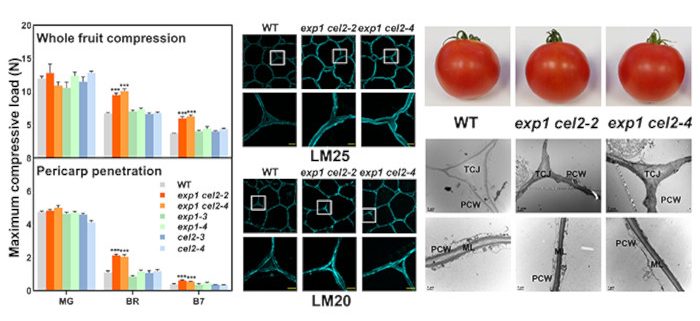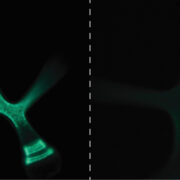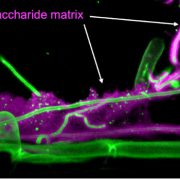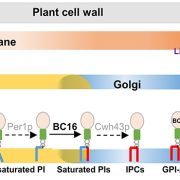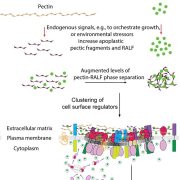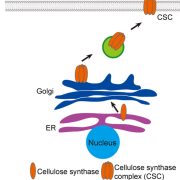Cell wall-loosening agents control fruit softening in tomato
Su et al. identify two cell wall-loosening agents that synergistically regulate tomato fruit softening.
https://doi.org/10.1093/plcell/koad291
By Guanqing Su1, Yanna Shi1, 2, 3
1College of Agriculture & Biotechnology, Zhejiang University, Zijingang Campus, Hangzhou 310058, China
2Zhejiang Provincial Key Laboratory of Horticultural Plant Integrative Biology, Zhejiang University, Zijingang Campus, Hangzhou, 310058, China
3The State Agriculture Ministry Laboratory of Horticultural Plant Growth, Development and Quality Improvement, Zhejiang University, Zijingang Campus, Hangzhou 310058, China.
Background: Fruit softening is an irreversible process that occurs during ripening and reduces transportability and shelf life. Disassembly of the cell wall and middle lamella is key in the loss of fruit firmness, and several ripening-associated cell wall-modifying genes have been targeted for genetic modification, particularly pectin modifiers. However, except for pectate lyase, single knockouts of most ripening-associated cell wall genes do not affect cell wall integrity and fruit firmness. The naturally occurring pleiotropic tomato (Solanum lycopersicum) mutants and SlLOB1-repressed fruit show alleviated softening with repression of multiple cell wall genes, indicating that softening is a multigenic trait involving cell wall enzymes that synergistically modify cell wall structure and components.
Question: Does the metabolism of the cellulose–xyloglucan framework affect tomato fruit softening? Do the α-expansin encoded by SlExpansin (SlExp1) and the endoglucanase encoded by SlCellulase2 (SlCel2), which are co-expressed during ripening, cooperate and alter cell wall disassembly during fruit softening?
Findings: The fruit texture and cell wall biochemical changes of single and double mutants showed that simultaneous knockout of SlExp1 and SlCel2 led to considerable inhibition of homogalacturonan (HG)-type pectin and xyloglucan metabolism, smaller intercellular spaces, and firmer fruit. Single knockout of SlExp1 or SlCel2 did not affect fruit firmness, although cell wall biochemical changes were detected in exp1, particularly in HG-type pectin. This result indicates that SlExp1 and SlCel2 synergistically regulate cell wall disassembly and tomato fruit softening. Moreover, modulating SlExp1 and SlCel2 did not alter plant growth and development, fruit taste, or quality-related traits, suggesting a viable approach to enhance fruit texture without sacrificing quality.
Next steps: The mechanism by which SlExp1 and SlCel2 proteins work together must be explored. Furthermore, whether, and to what extent, a synergistic relationship between Exp and Cel contributes to fruit softening in other fleshy fruit species requires further investigation.
Reference:
Guanqing Su, Yifan Lin, Chunfeng Wang, Jiao Lu, Zimeng Liu, Zhiren He, Xiu Shu, Wenbo Chen, Rongrong Wu, Baijun Li, Changqing Zhu, Jocelyn K. C. Rose, Donald Grierson, James J. Giovannoni, Yanna Shi, Kunsong Chen. (2023). Expansin SlExp1 and endoglucanase SlCel2 synergistically promote fruit softening and cell wall disassembly in tomato. https://doi.org/10.1093/plcell/koad291


